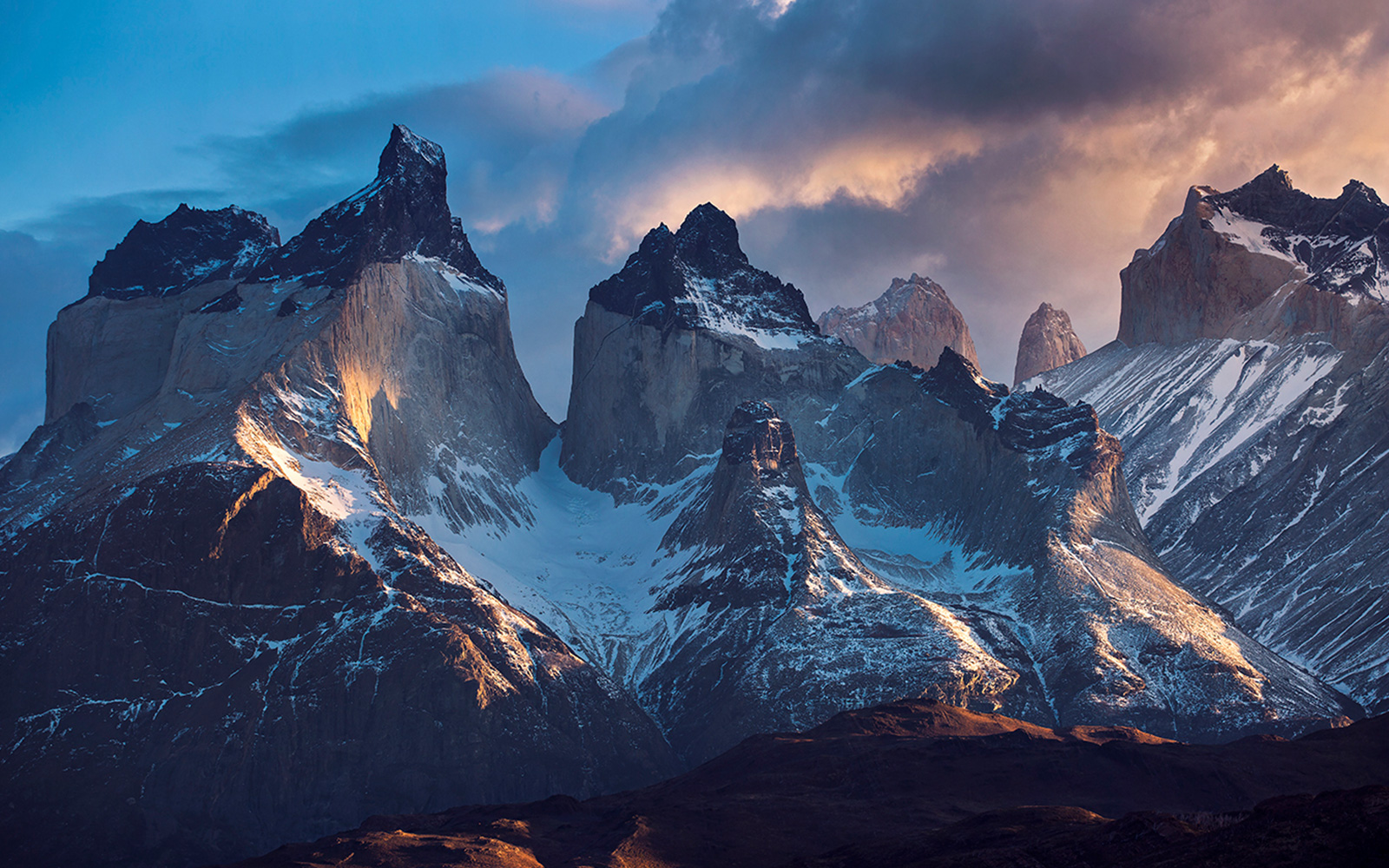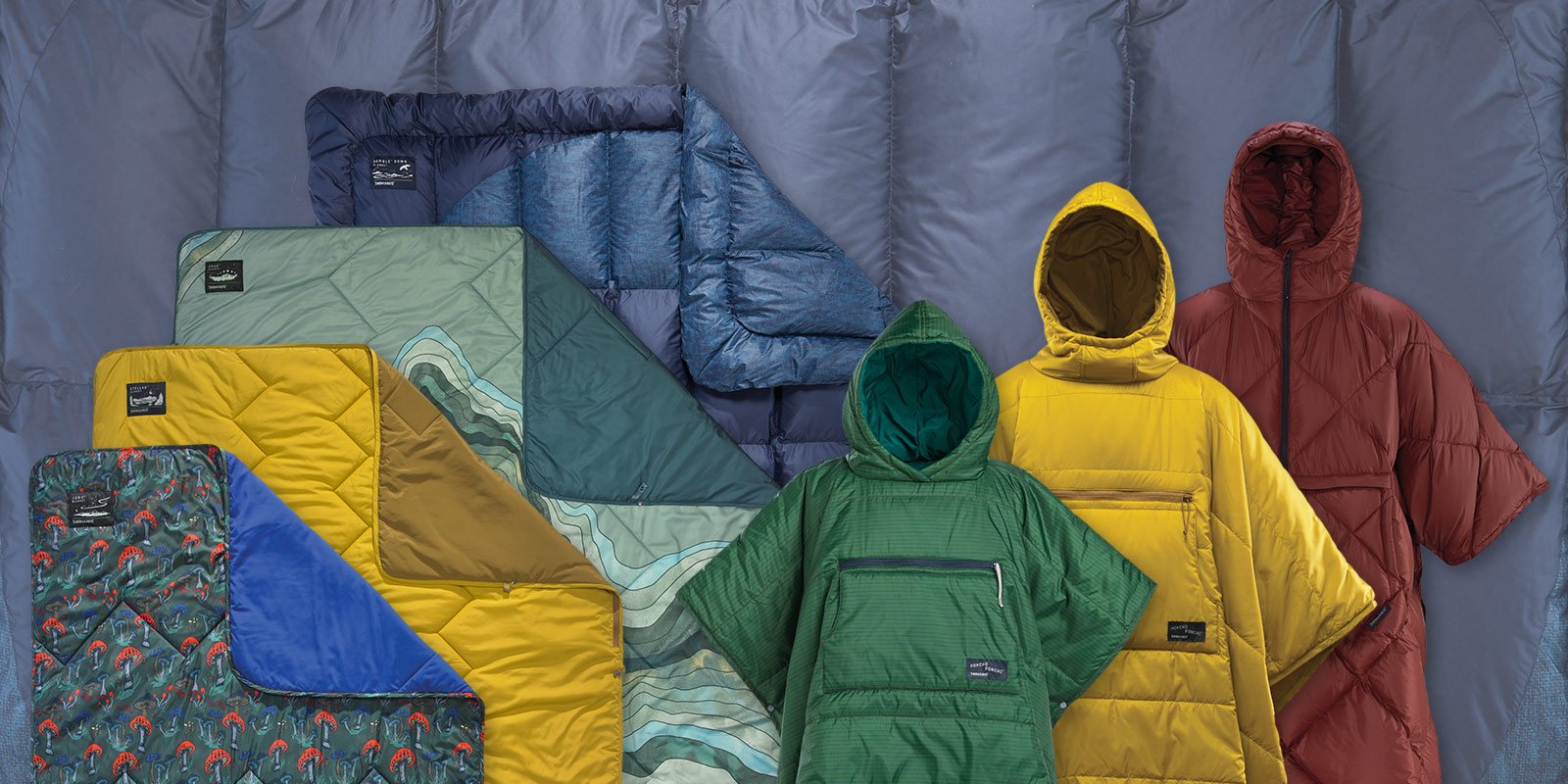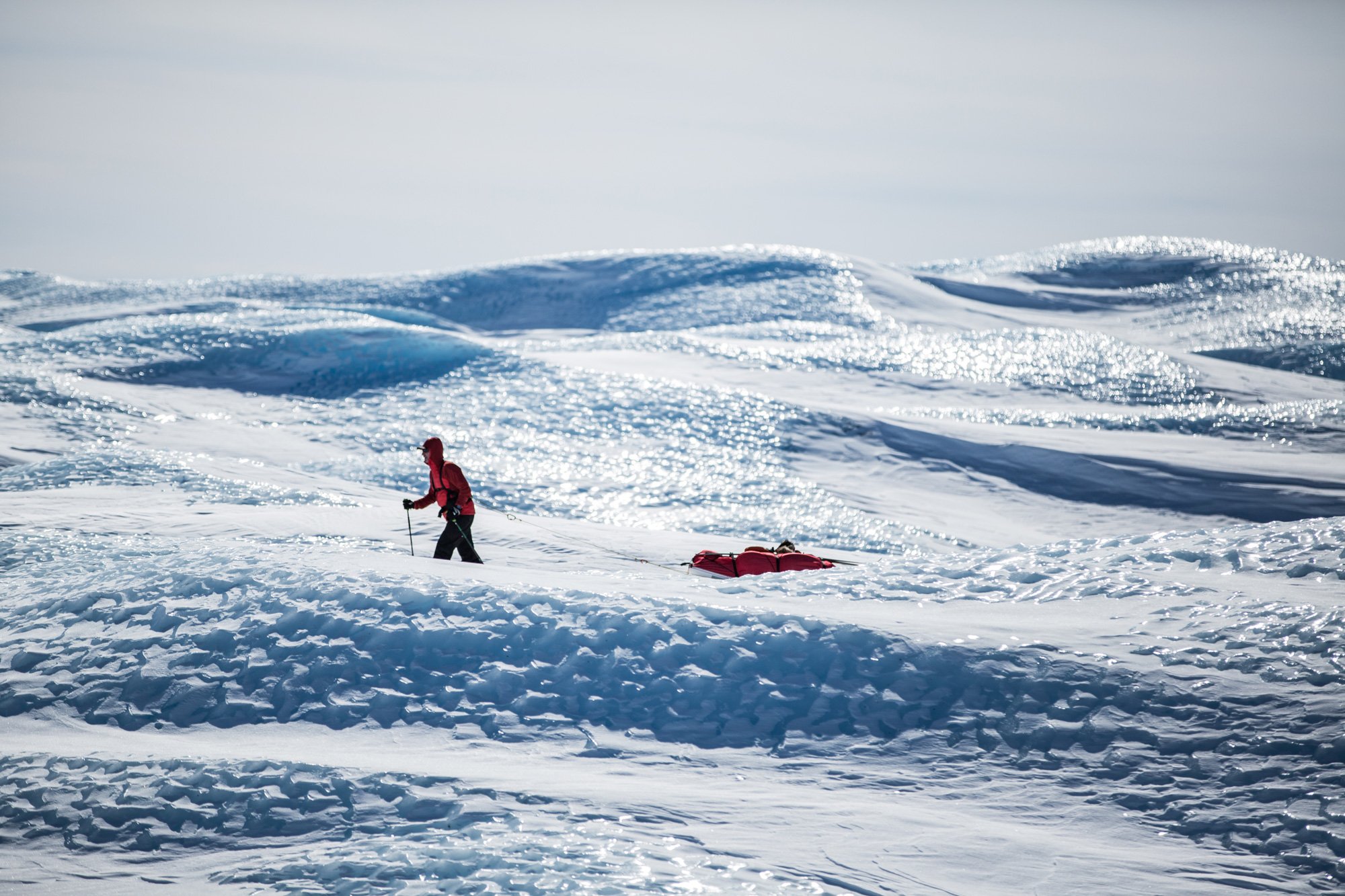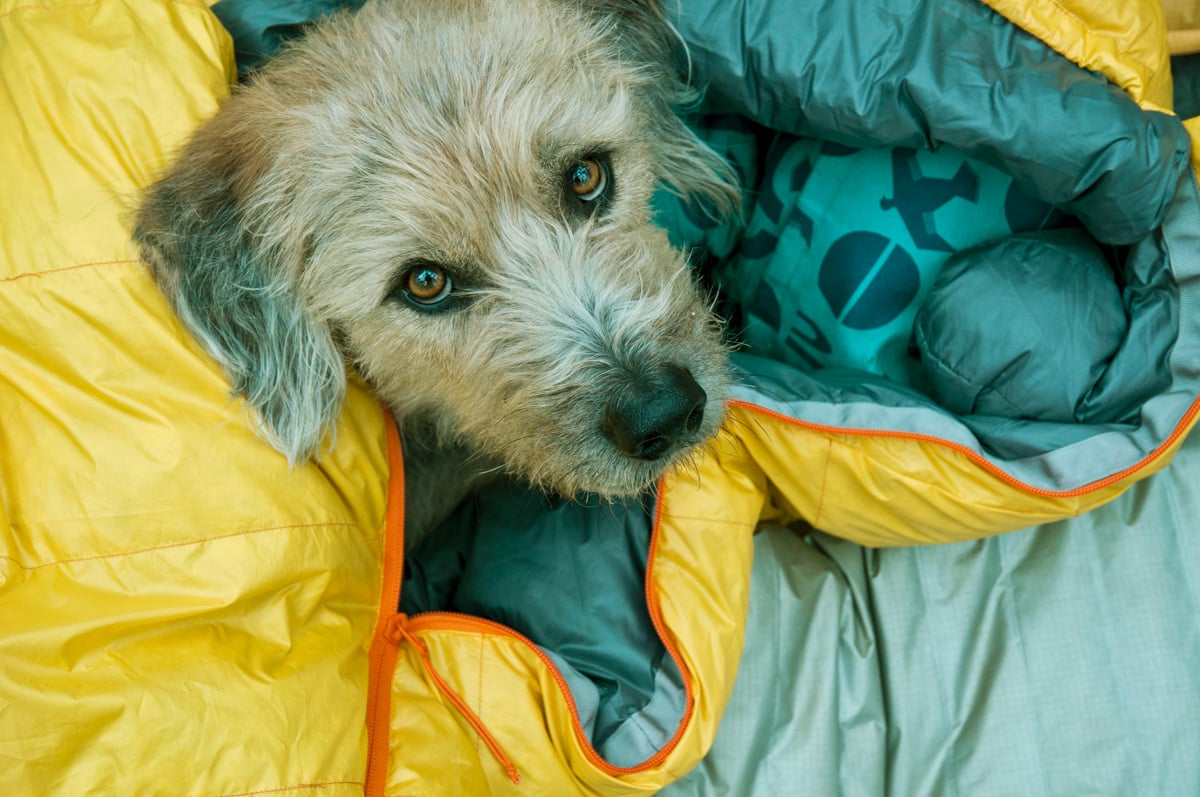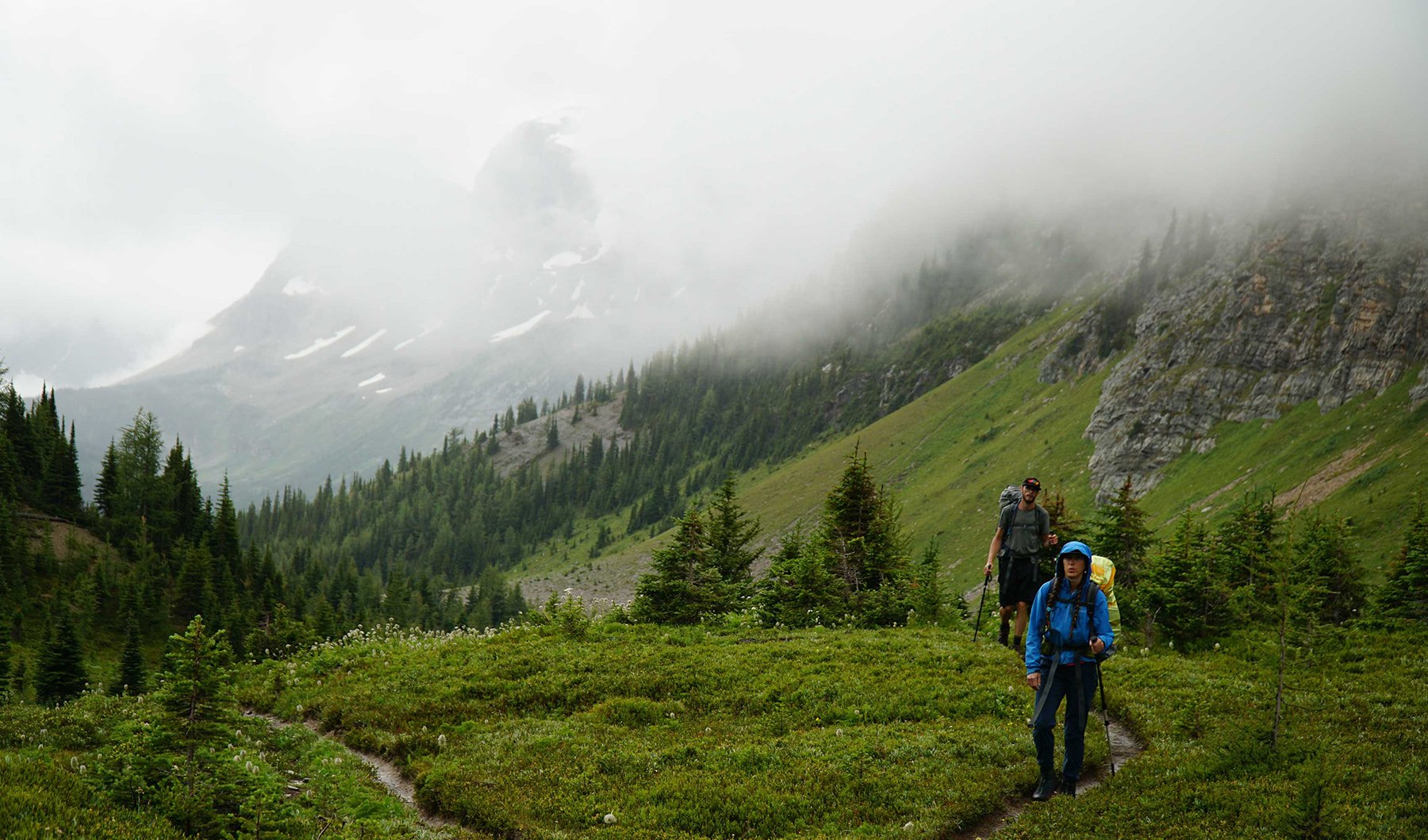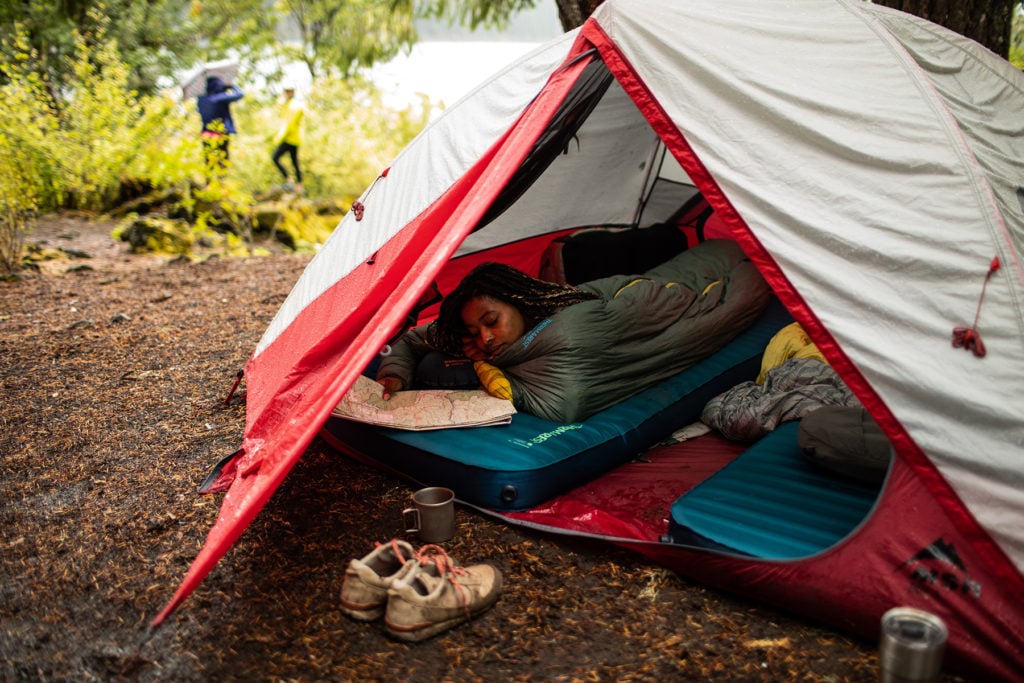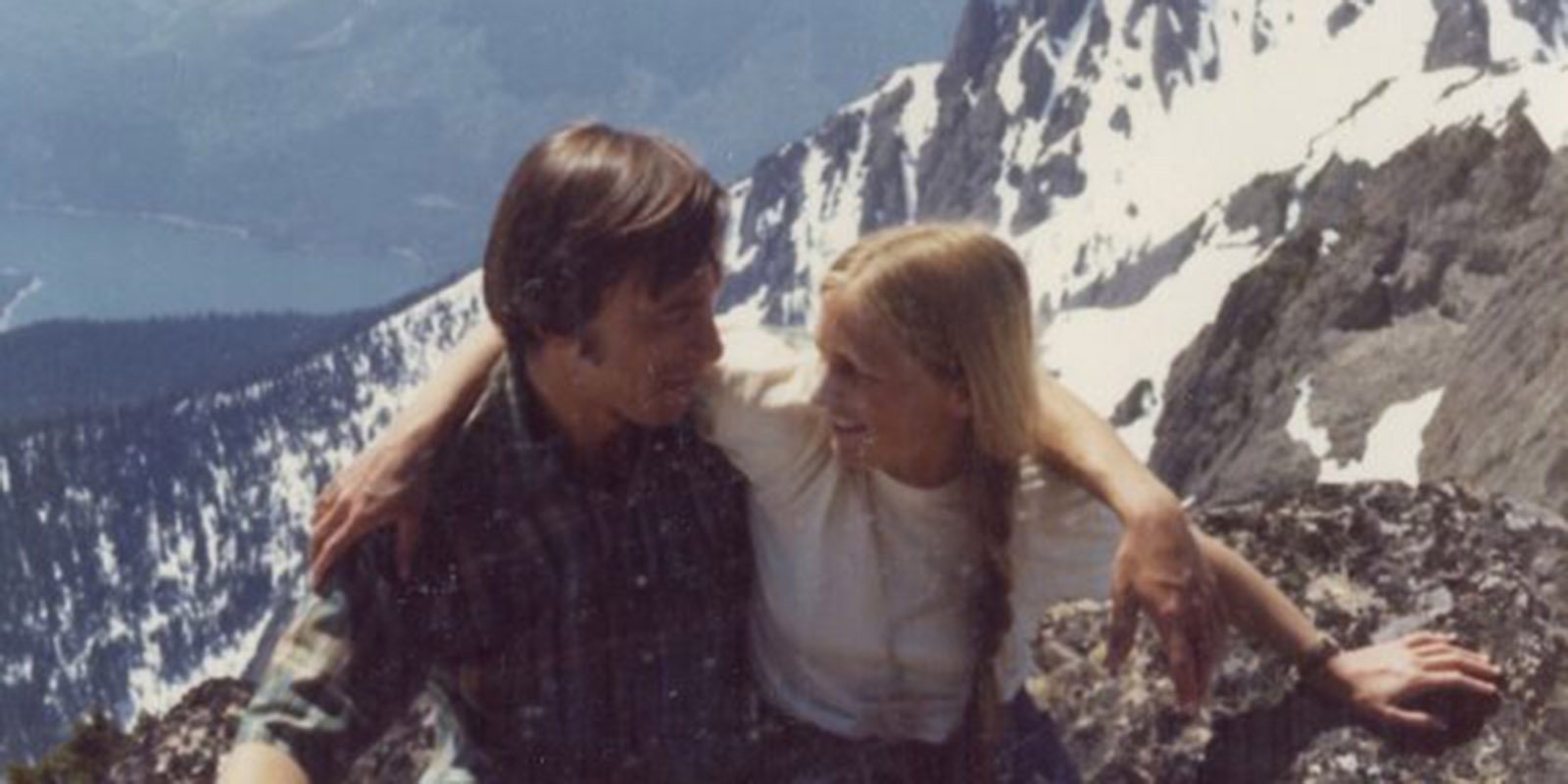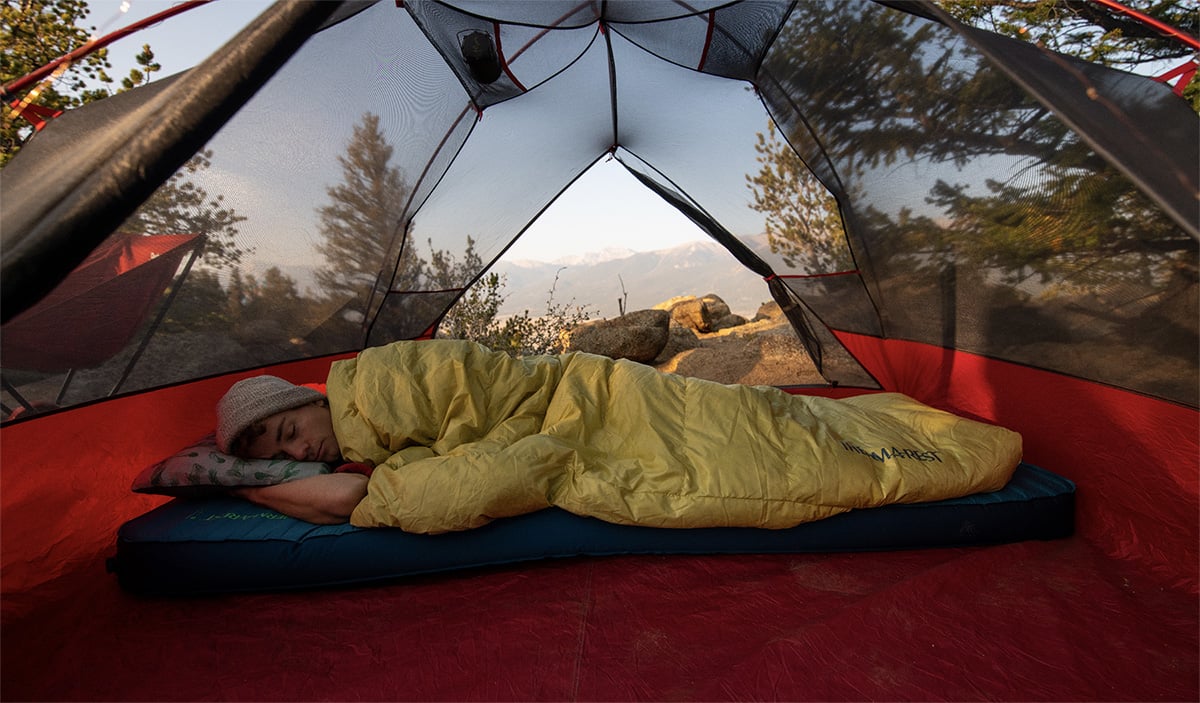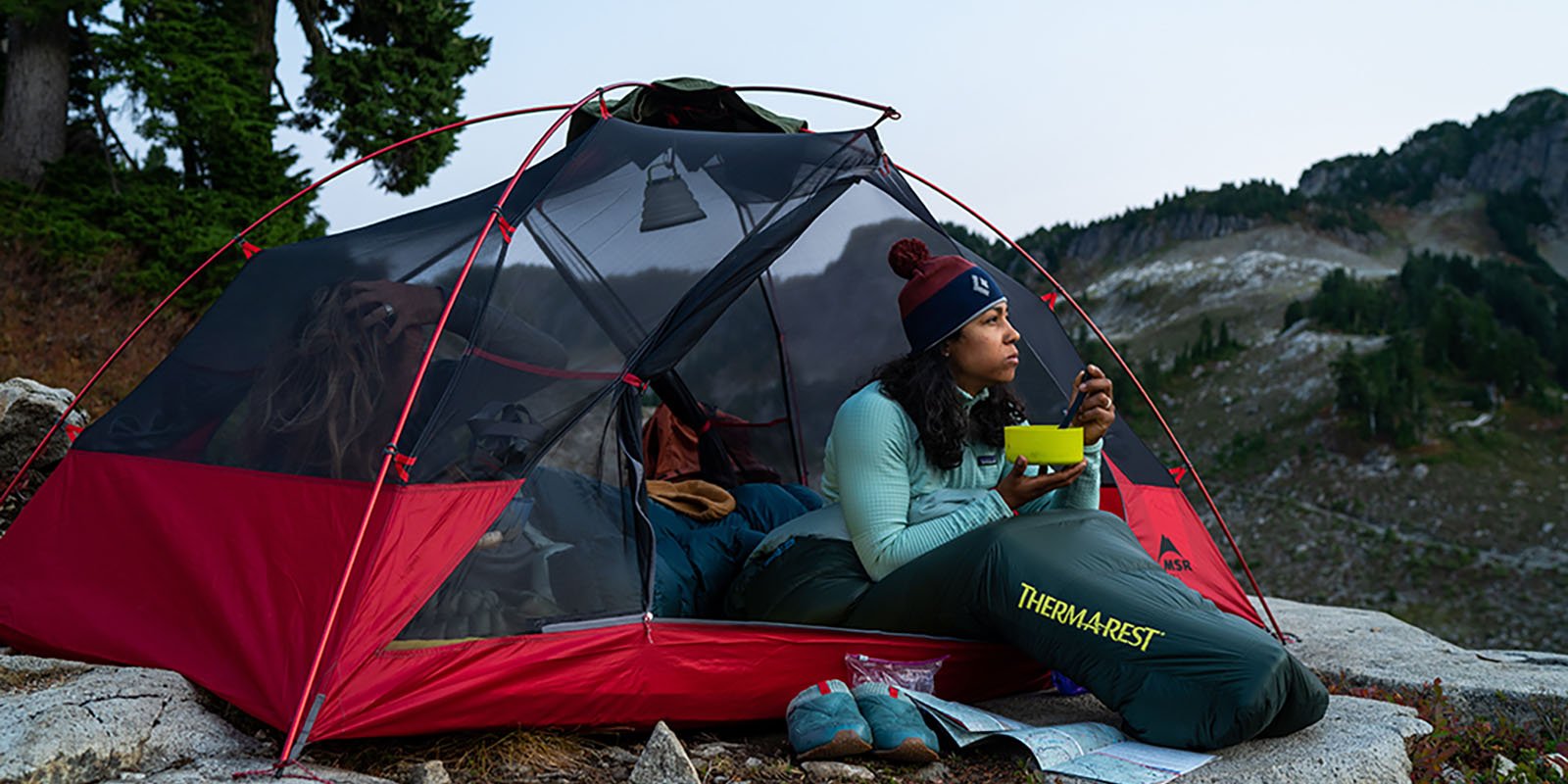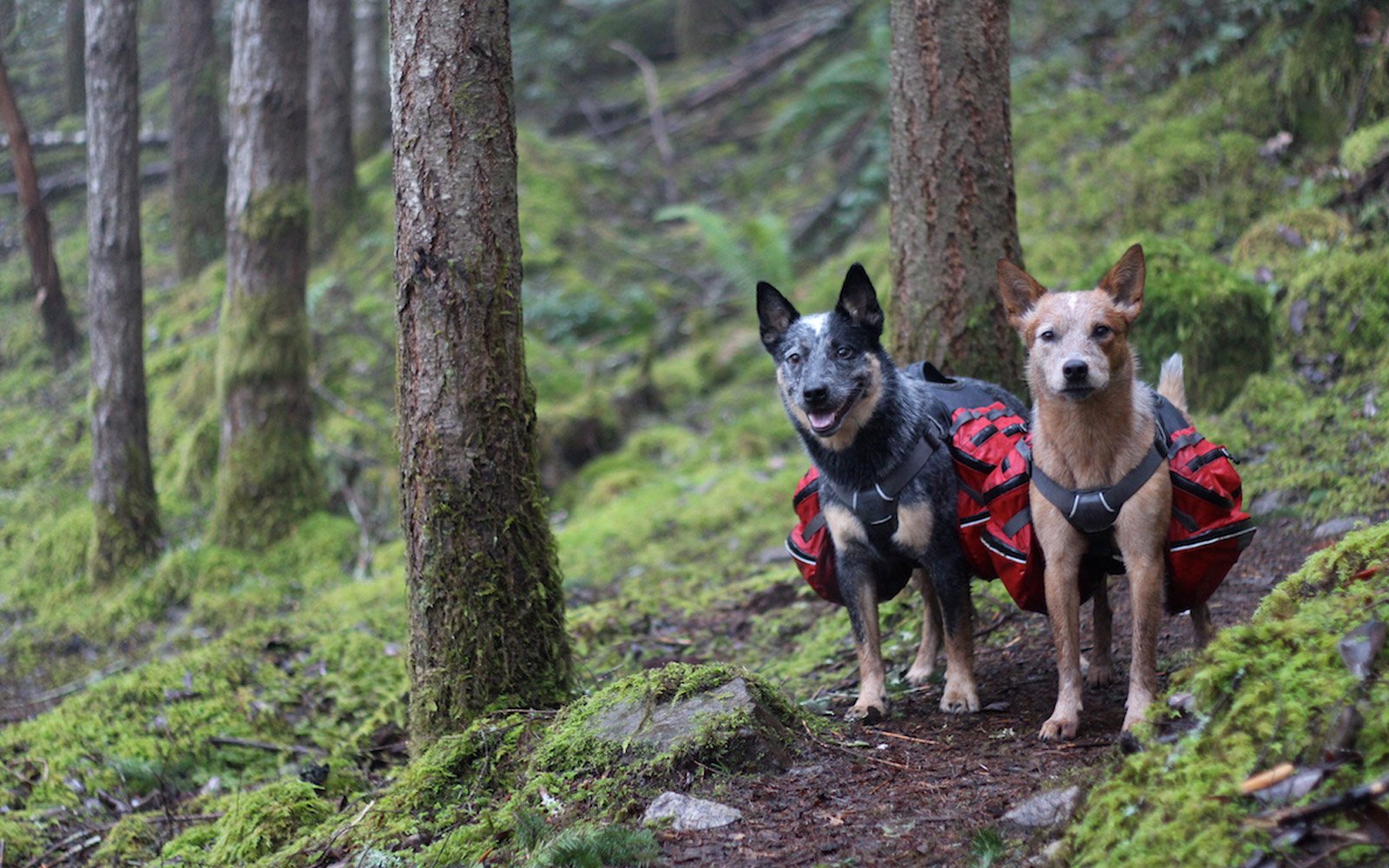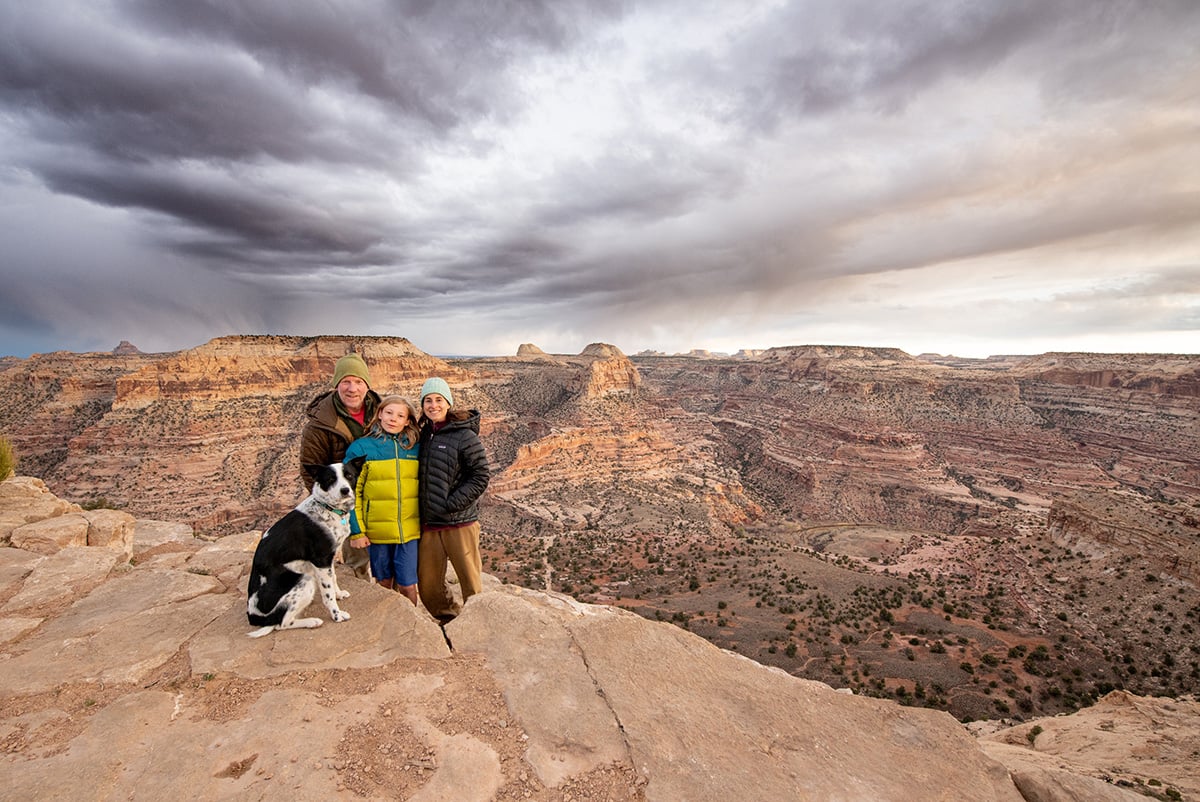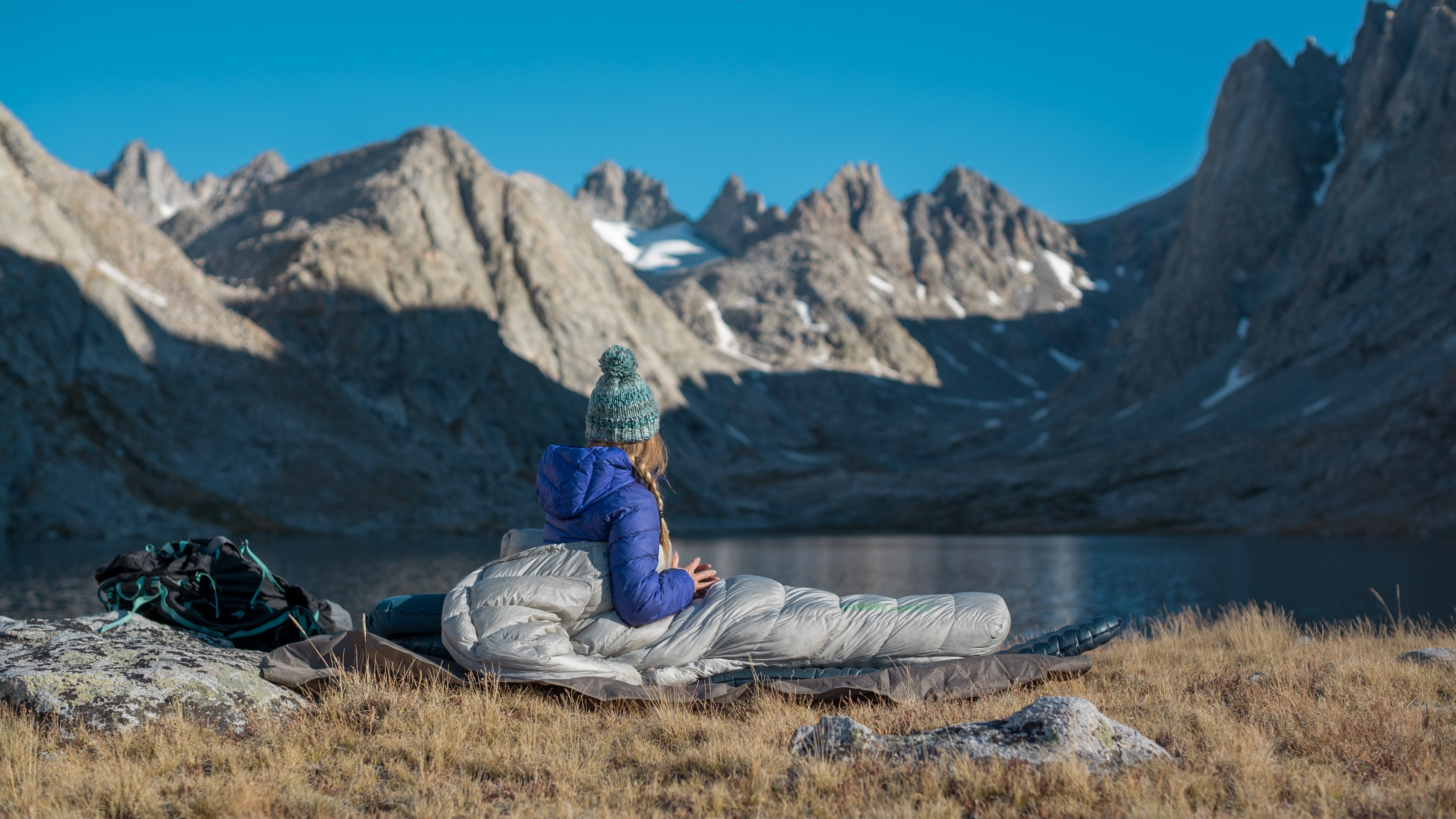You’ve been dreaming about this trip for months. After an expensive plane ticket and hours of travel, you shoulder your pack and head out. Pulling into the lot, your heart drops. Hordes of people mill about and there isn’t a parking spot in sight. Perhaps this won’t be the secluded, wilderness experience you’ve been dreaming of.
Crowds of people aren’t a bad thing, but finding a little solitude and minimizing impact on an area are important too. That means seeking out the lesser known areas and discovering the hidden gems that these natural setting have to offer.
In this edition of Therm-a-Rest Beta, contributor Eric Hanson gives us his hidden gems from one of the dreamiest and wildest places on Earth: Patagonia.
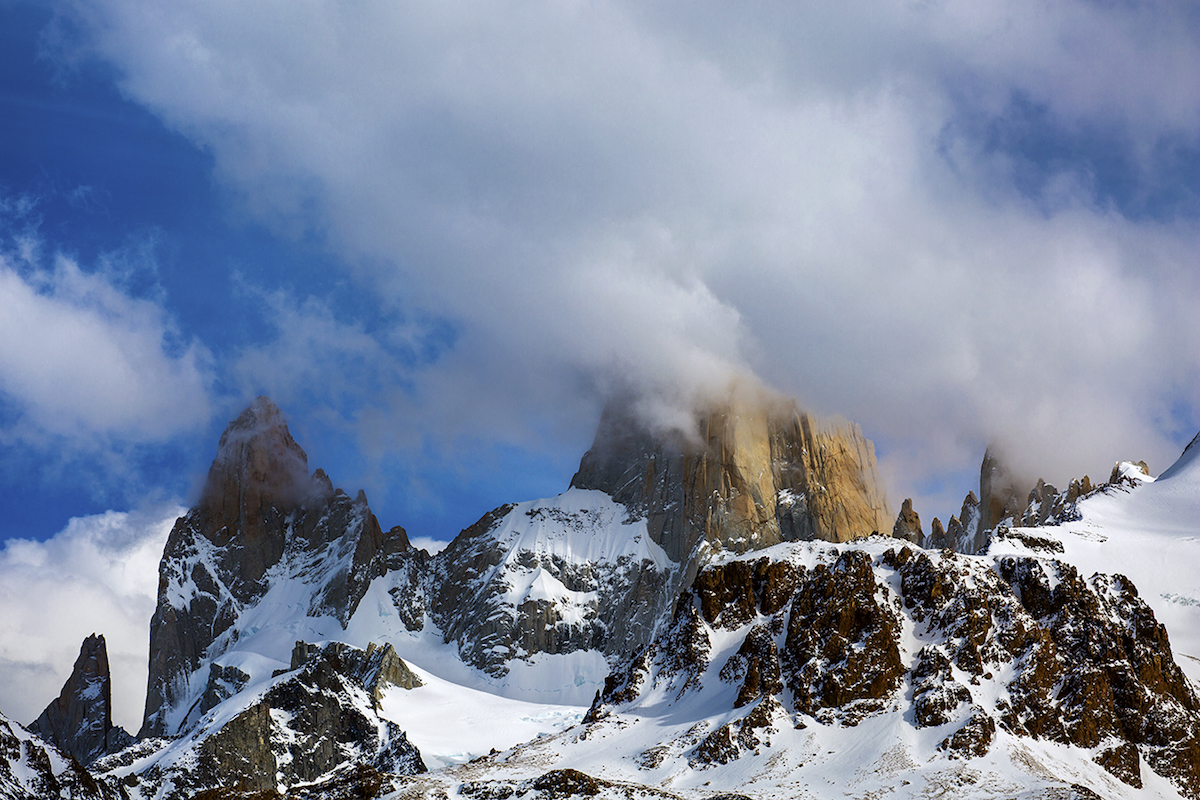
For travelers, climbers, trekkers and photographers, Patagonia is unlike any place on the planet. Patagonia’s crown jewels, Torres del Paine and Fitz Roy, are well documented and should be on anyone’s bucket list. But Patagonia is a vast landscape that spans a huge portion of the southern tip of South America. And it holds far more treasures than just the aforementioned stunners. There is a lifetime of exploration within Patagonia.
Feel like an epic adventure? Here are some of Patagonia’s lesser known gems that are must see.
First, logistics. It’s not easy to get around Patagonia. The landscape and the weather is brutal. Patagonia is full of rainforests, glaciers, ice fields, fjords, and an archipelago of islands. There are two main roads. Route 40 in Argentina cuts down the dry side of the Andes. Most of this highway skirts alongside the mountains through a bleak and empty desert. Route 7 navigates Patagonia on the Chilean side. Constructing the road was a major accomplishment, and it wasn’t even completed until 2000, when the last sixty miles connected the town of Villa O’Higgins. It is a massive undertaking to maintain the road, as heavy snow, torrential rain, and rock slides constantly degrade conditions and even make passage impossible at times.
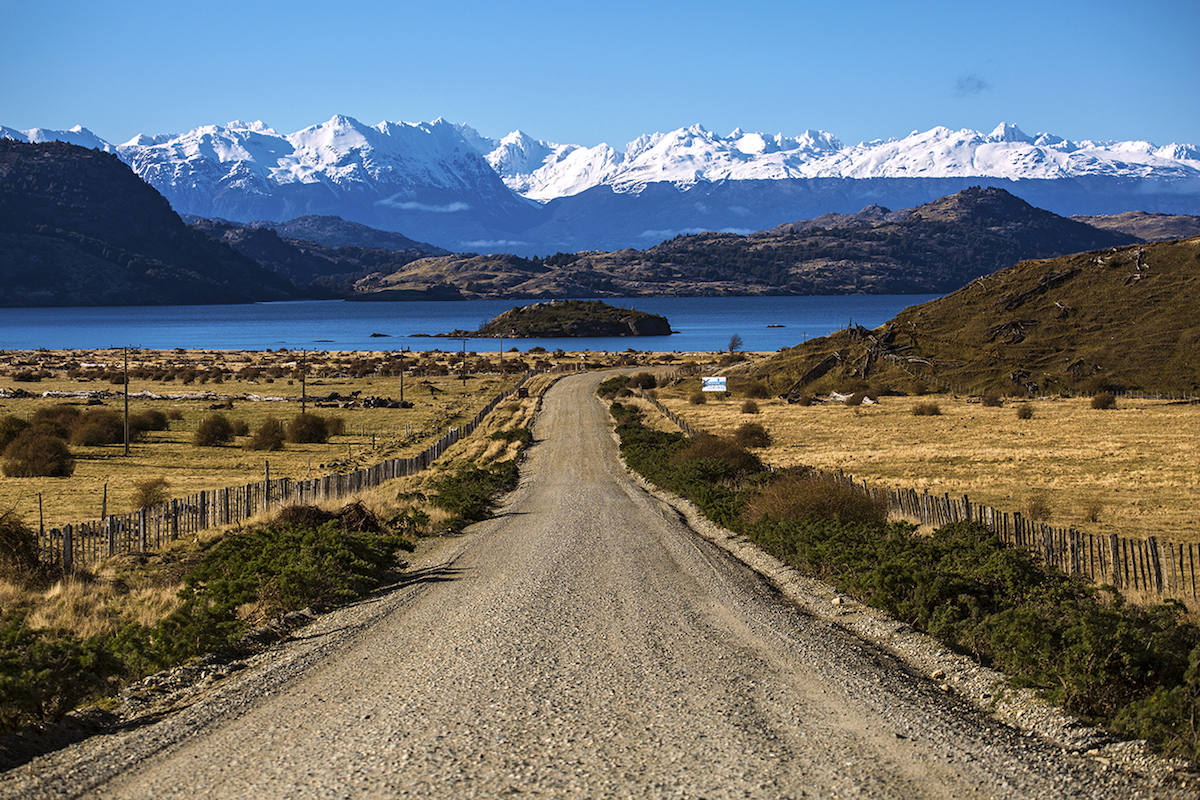
Route 7, also known as the Carretera Austral, cuts through the heart of Patagonia. The route could not be more different than its Argentine counterpart. The Carretera Austral is a mostly dirt road that connects the rural communities of southern Chile. The land is extremely rugged, and in some places, the road doesn’t exist. Several ferries link up the roadless sections. This might be the most adventurous road trip on earth.
Most people travel to Patagonia between October and March (their summer), as it is drier and warmer. But there are advantages to Patagonia in the winter. There are almost zero tourists in the winter. Patagonia is known for having the worst weather in the world, and the summer is highly variable with the possibility for pleasant sunshine one minute and blizzards with tent-shredding wind the next. But the weather in the winter is surprisingly mild. It’s cold, but it’s much steadier. Most importantly, that dreaded wind is a lot calmer in the winter.
Whenever you travel to Patagonia, be sure to add these lesser known destinations to your list.
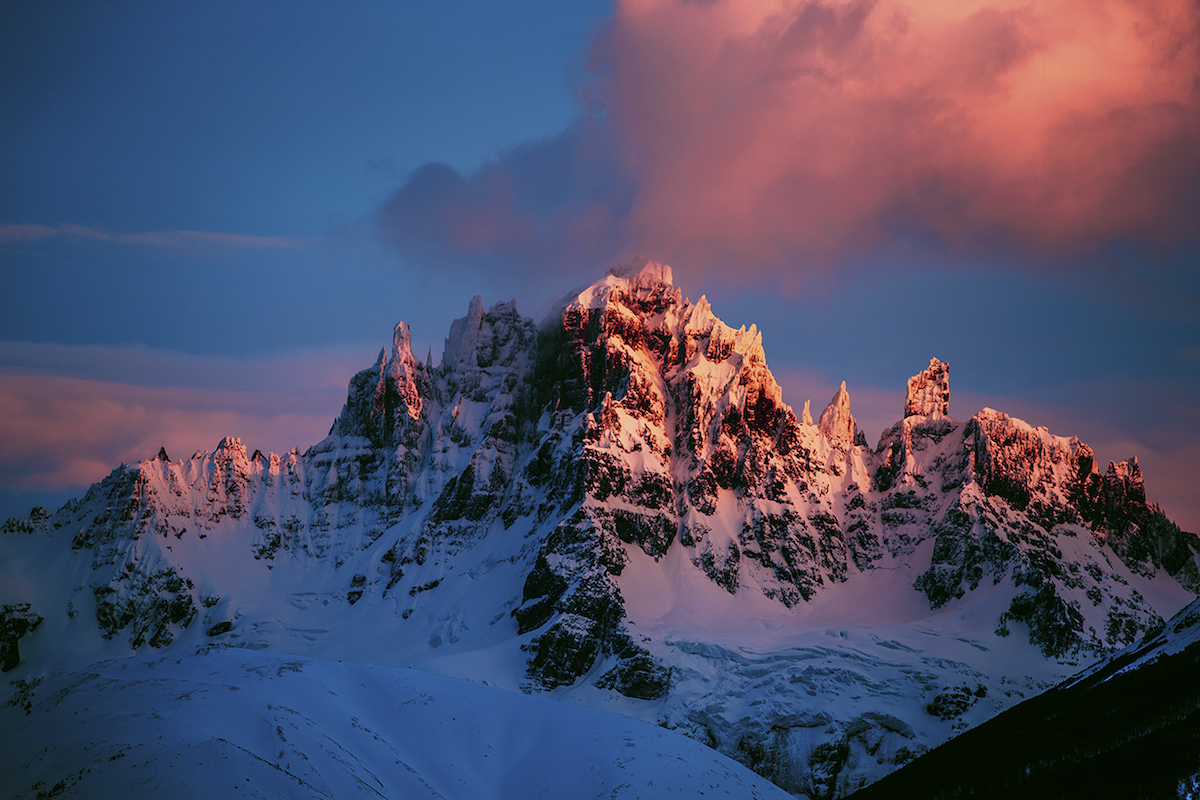
Cerro Castillo, Chile
Castillo means “castle” in Spanish. And this mountain is a castle in the sky. Cerro Castillo is a stunning peak of jagged basalt that offers technical climbing routes, backpacking to glaciers and lakes, and stunning views from the valley below. Be sure to catch a sunrise here as the early light illuminates the spectacular rock face. Access Cerro Castillo via the Carretera Austral just south of the city of Coyhaique, as the road passes through the small village at the base of the mountain.
Cochamo, Chile
Cochamo is basically Yosemite South. Located in northern Patagonia in Chile, Cochamo is home to massive granite domes rising out of a lush valley. Northern Patagonia is considered a rainforest, so it is extremely rainy here. But summertime weather windows allow for epic climbing and backpacking. The nearest road, the Carretera Austral, gets you close to Cochamo. But you must approach the final dozen miles into the valley on foot. Due to weather, the valley is essentially inaccessible in the winter.
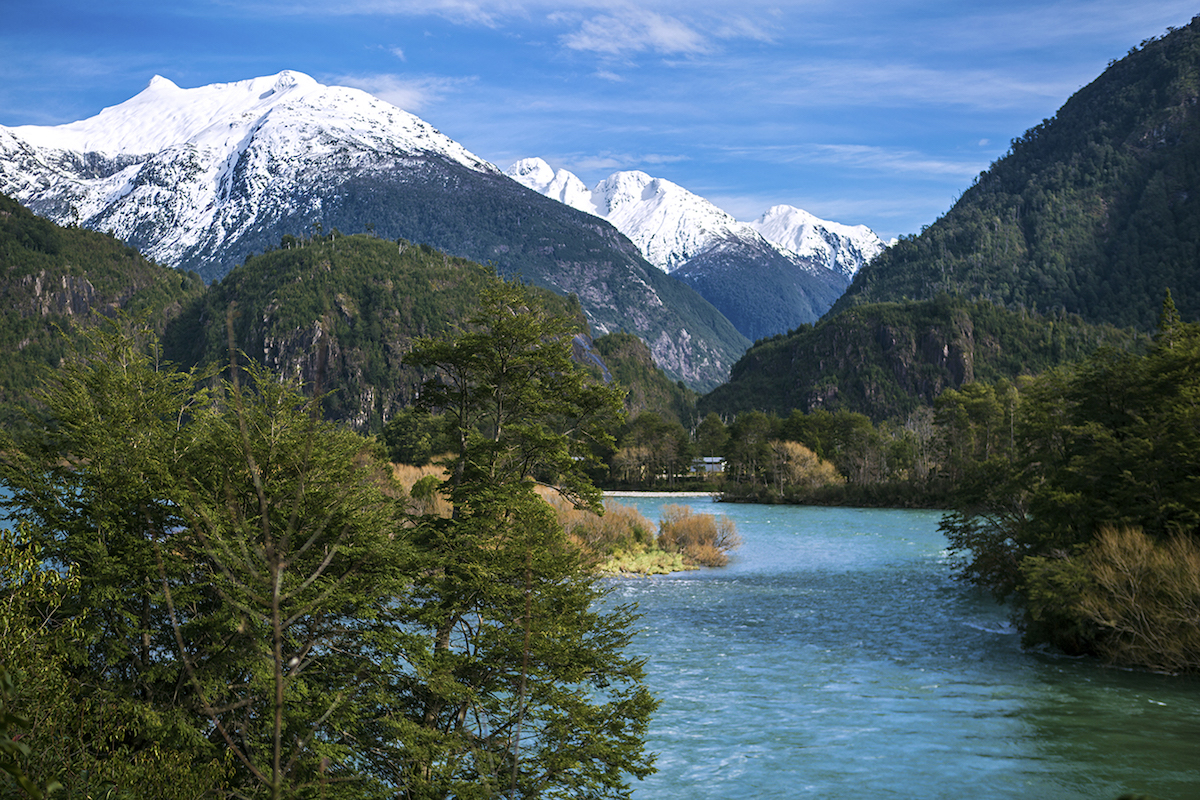
Futaleufú, Chile
If you are into whitewater, then you are already familiar with Futaleufú. Futaleufú is the very fun to pronounce town along the river of the same name. “Futa” has become well-known as an adventure destination thanks to the river, which is considered among the world’s best for whitewater rafting and kayaking. Outfitters run whitewater trips during the summer season. But there is also mountain biking, trekking, and canyoneering in the area. Summer is the time to be here. During the winter it is particularly cold and rainy and the whitewater season is on hold.

Pumalín National Park
Pumalín is one of the many conservation areas that came to be courtesy of Doug and Kris Tompkins. Pumalín is a beautiful area rich with fjords and mountains that rise straight out of the sea. It is one of Patagonia’s important biological preserves. But there is plenty of hiking and camping in the area.
Lago General Carrera
This massive lake lies in both Chile and Argentina and is encircled by a spectacular ring of mountains. The lake and surrounding area by itself are beautiful and well worth the visit. But there is another gem here. Along the shore of the lake are a series of magnificently carved marble caves. Hop on one of the local tour boats to really check out the caves.
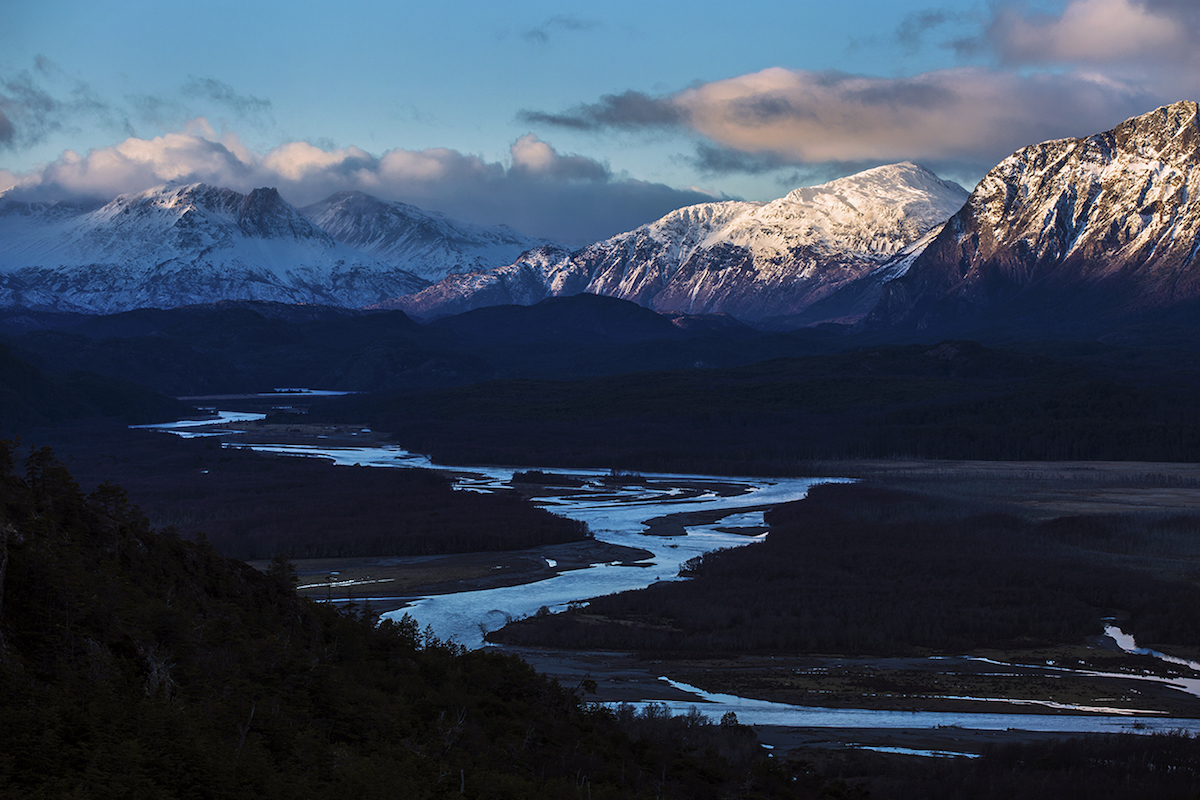
Villa O’Higgins
At the terminus of the Carretera Austral lies the charming little town of Villa O’Higgins. Eventually, Chile might build a road further south. But mother earth isn’t too kind down here. Villa O’Higgins is nearly surrounded by massive ice fields. During the summer, a ferry runs across Lago San Martin to the Argentine side of the Andes and deposits travelers near El Chalten. In the winter, the road dead ends here. But it’s a beautiful and worthy dead end. Villa O’Higgins offers hikers and climbers bountiful opportunity to get out and explore. This place should not be missed.
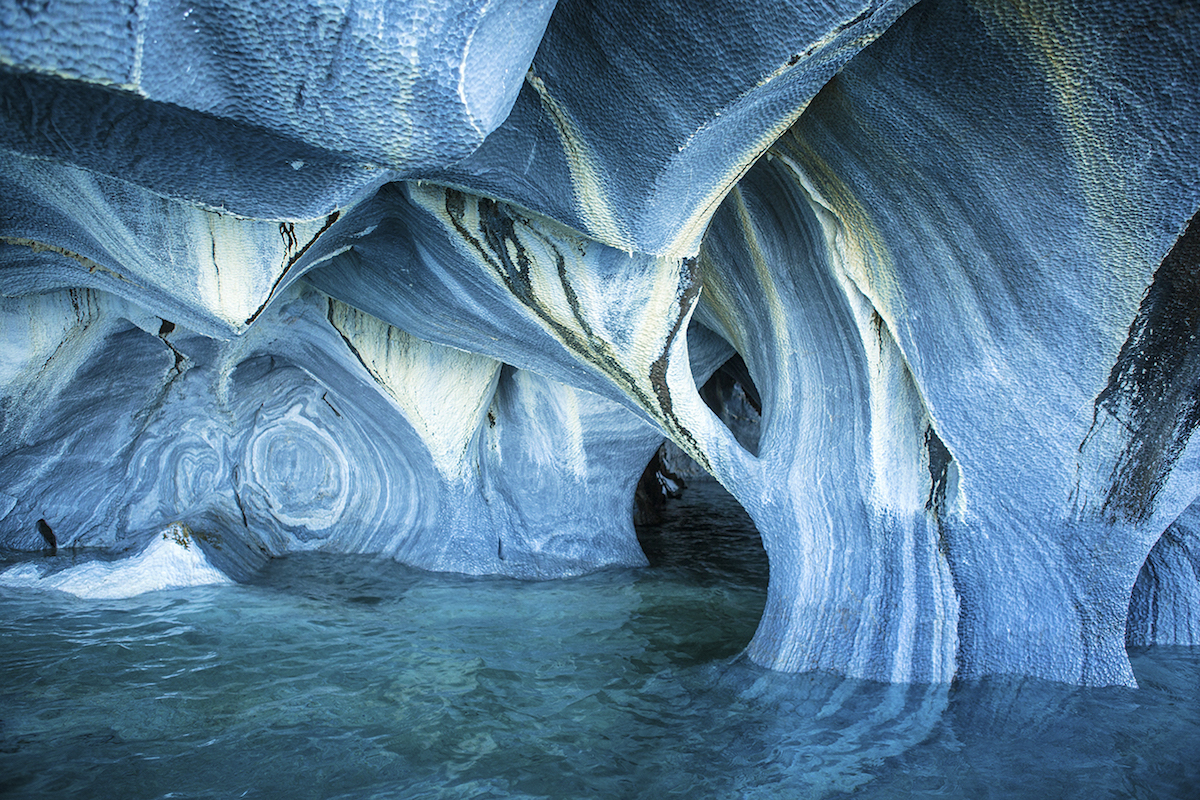
Perito Moreno Glacier
This place is probably the third most famous and visited destination outside of El Chaltén (home of Fitz Roy) and Torres del Paine. Located a few hours from El Chaltén and (relatively) along the way to Torres del Paine, it’s a common stop for travelers, famous for offering close up views of one of the most beautiful and famous glaciers.
Ushuaia, Tierra del Fuego
The land of fire, Tierra del Fuego is the bottom of the habitable earth. South America does not fade quietly into the night, but ends with a bang. Ushuaia is the main city. Travelers looking to explore Tierra del Fuego need to use Ushuaia as the hub. Explore the islands of the archipelago, kayak in the Beagle Channel, hike in the mountains, or just go skiing.
